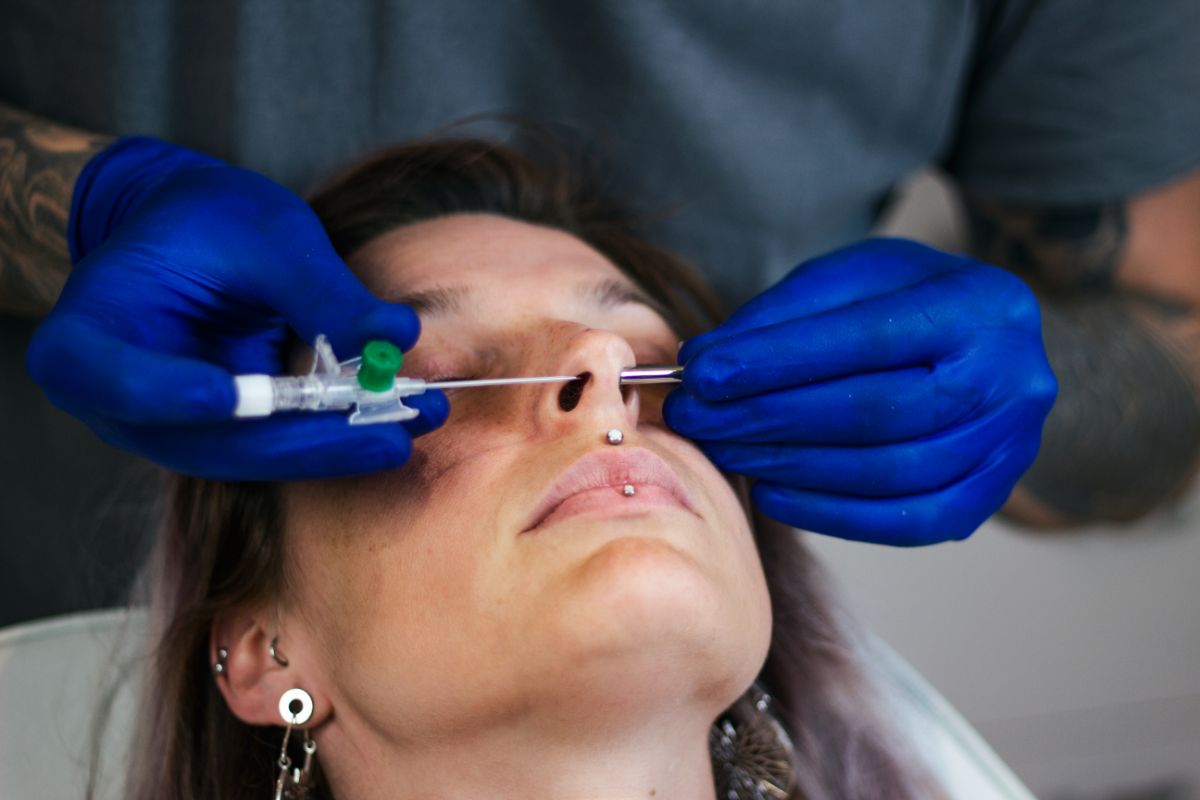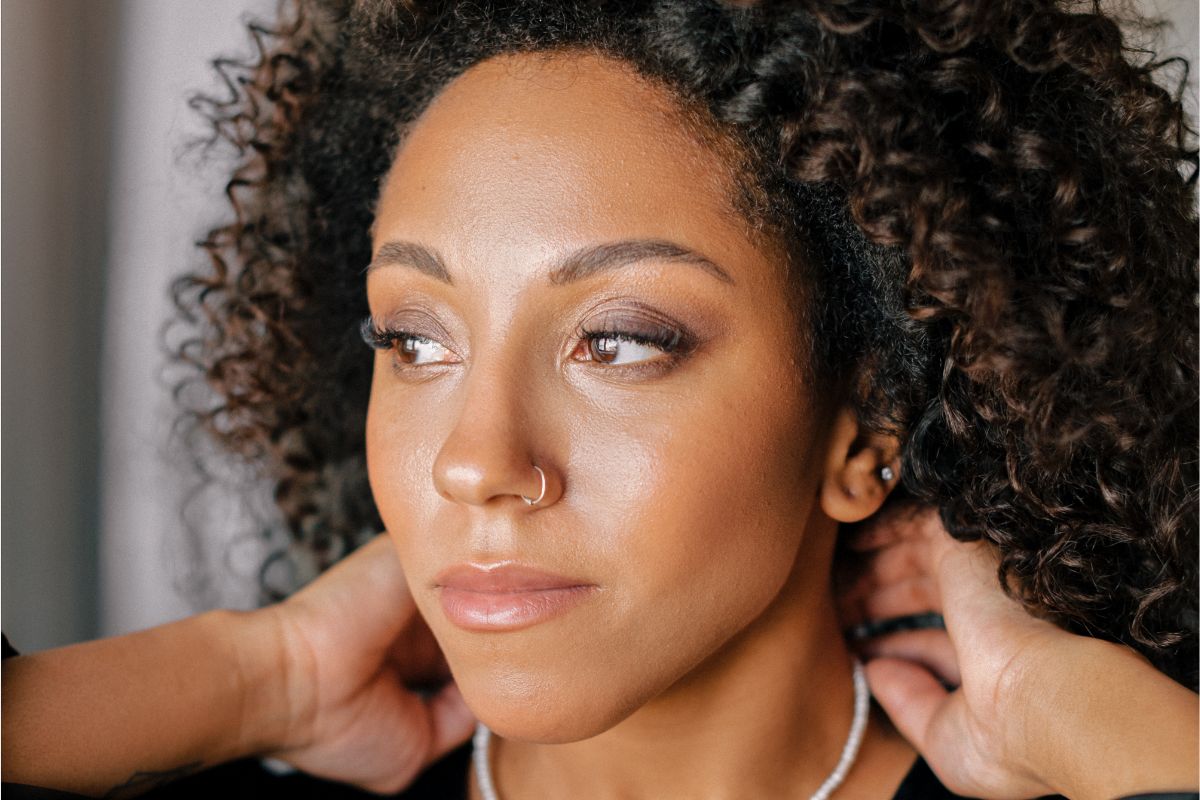If you are thinking of accessorizing your ears with some brand-new piercings and fun new jewelry, then we have some insights to offer. Ear piercing is a cool trend that is simple and safe, but some core knowledge is required before you go to the piercing salon.
This article covers the three main things you need to know about your ear piercing.
Aftercare for Newly Pierced Ears
A piercing is a fashion statement … and it’s also a hole in your skin, so it needs extra care to avoid becoming infected. Just follow these tips for better aftercare:
Clean Regularly
First, wash your hands thoroughly with an anti-bacterial cleanser before you start cleaning your piercing. After that, take a soft clean cloth or cotton pad and dampen it with warm water, or saline solution (preferred). Then, gently clean the piercing area. Don’t pull at any skin or crusting that is still attached — that’s your body trying to heal the piercing.
Be Aware of What to Wear
Ear piercings are beautiful when they’re embellished with jewelry. Before you fall in love with an ear stud or earring, be sure to confirm the metal used to make it. You want to buy hypoallergenic metals like:
Surgical Stainless Steel
This is the best choice for those who do not have extra sensitive skin, because it contains some traces of nickel. SSS comes in two forms, 316 L and 316 LVM, which are durable and don’t react to secretions from the ear.
Titanium
Titanium contains only a small amount of nickel. When it’s time, replacing your starter jewelry with titanium is a smart move because it is biocompatible and safe for long-term use.
Niobium
If you like to wear splashy jewelry, then niobium is your best choice. This metal is also biocompatible, and costs less than titanium. If you’re interested in this metal, make sure you choose jewelry with 99.9% niobium.
Closed Holes: What You Need to Know
Seeing a piercing close after you’ve gotten a new piercing is frustrating . When closure occurs, it means that scar tissue has taken over the piercing hole. How can you keep your piercing from closing? Following are answers to a few commonly asked questions about closed piercings:
How long does it take an ear piercing to close up?
If it's a fresh piercing, taking the jewelry out before the recommended time (typically 6–8 weeks) could cause the piercing to seal up — in just a couple of hours. This is because starter jewelry often acts as a pillar that holds the piercing in its proper shape and keeps the hole open.
While an older piercing may seem safe from closing, that isn’t always the case. Once the wound has healed, removing jewelry can still cause a piercing to close.
How do I keep my piercing from closing?
Unfortunately, wearing jewelry is the only way to keep a piercing open. Once your piercing has healed up enough to remove the starter jewelry, consider rotating jewelry of different weights to keep the piercing open. Consistently wearing jewelry can also help to keep an older piercing open.

What are some ways to reopen the hole?
If your piercing has closed recently, you are lucky, because it can be reopened with a little effort. Following are the steps to reopen the hole:
- First, wash your hands thoroughly and sterilize your jewelry.
- Add a small amount of Vaseline or any other lubricant on the post of the earring to reduce friction.
- Gently twitch the earring in the hole; if you feel significant resistance, or any pain, stop inserting the earring and see your piercer.
For other piercings with older closings, there may be a thick layer of skin covering the piercing. In this scenario, consult your doctor or piercer.
Style Your Ear Piercing like a Pro
Ear piercings look hottest when they’re styled beautifully and dripping with sparkling jewelry. Before you establish new looks, consider the following factors:
- Your personal aesthetic
- Skin tone
- Weight and style of the jewelry
Jewelry should enhance your facial features. It should also look balanced with the anatomy of your ear and the piercing (or piercings). If it isn’t balanced, it will weigh your ear down and detract from your facial features.
Creating a Theme for Different Styles of Jewelry
Jewelry pieces should relate to one another; if they convey a story, that's great — but know that it's not required. Another factor to consider is color. Don’t be afraid to experiment with mixing metal colors and creating a theme that’s unique to you (and what you’re wearing)!
Skin tone is another factor in choosing the right jewelry for you and your look. For example, people with skin with red undertones should look for white or gold jewelry.

Choosing Your New Jewelry: Key Takeaways
If you’ve successfully gone through the healing process, then you’re ready to start thinking about coordinating your overall look with different jewelry designs. To wrap up this article, when choosing jewelry:
- Select a piece that you’ll love and love to wear often.
- Place pieces that enhance your best features.
- Choose metal colors according to your skin tone.





